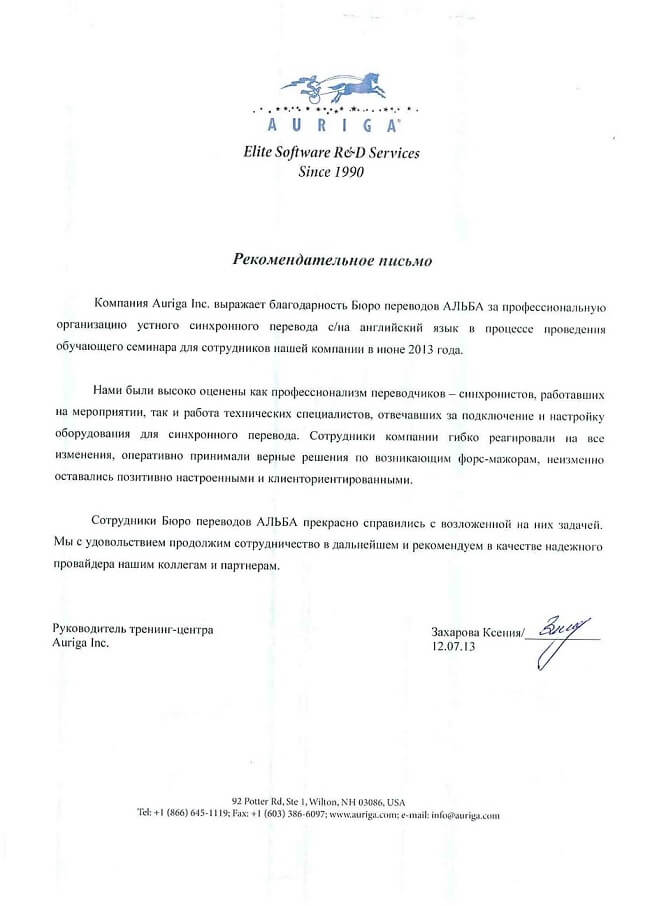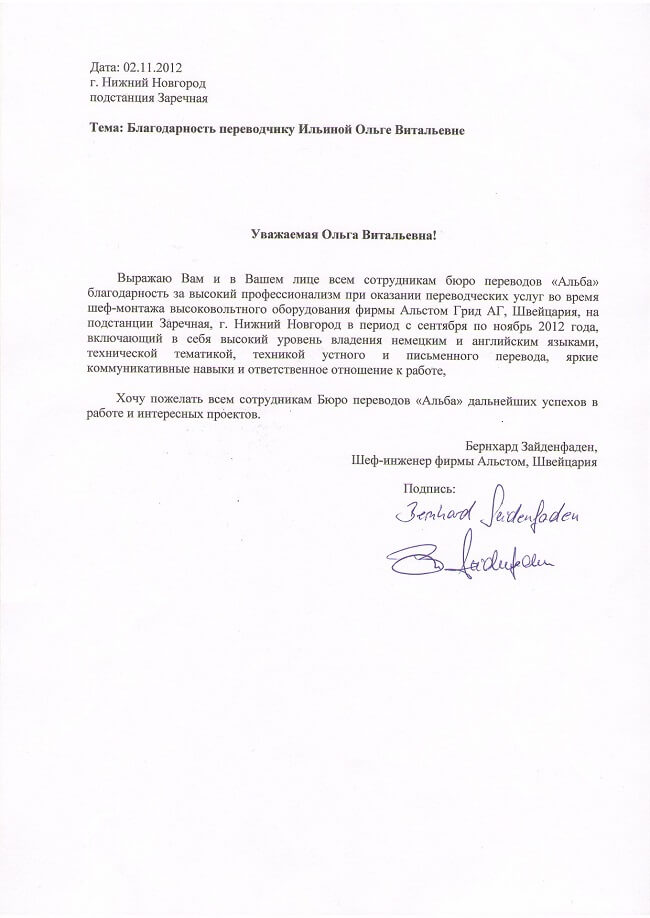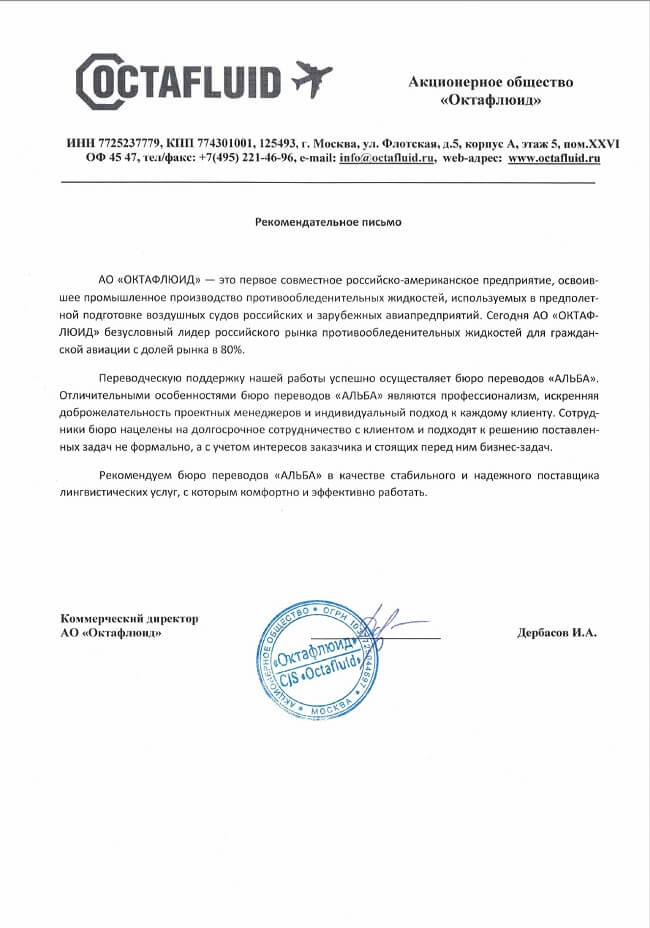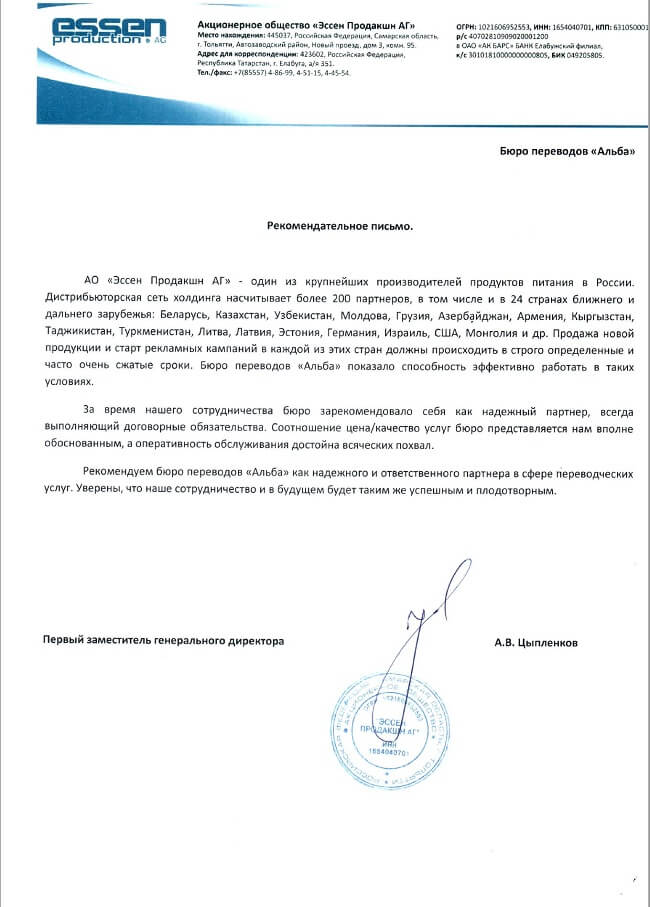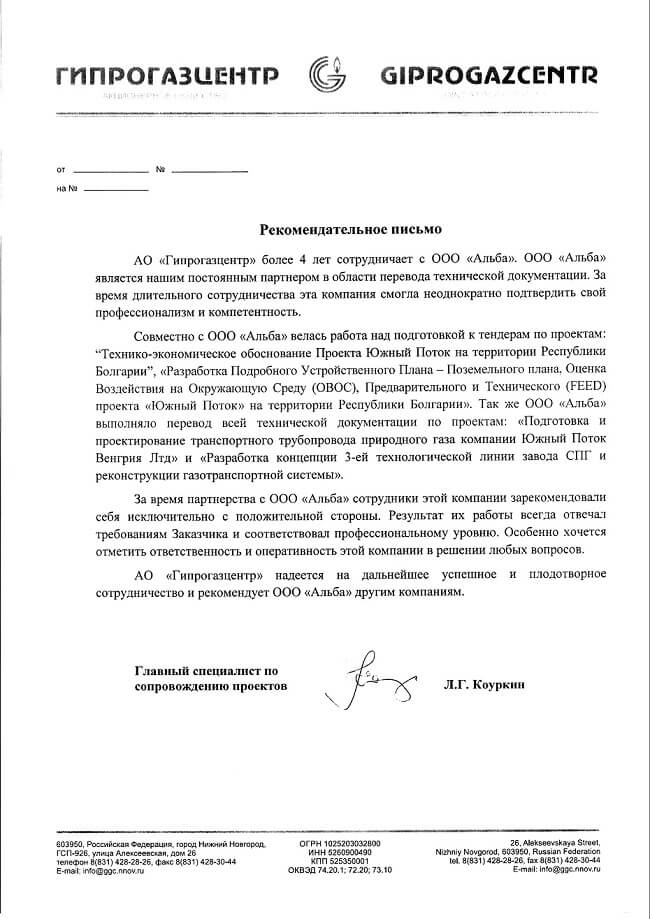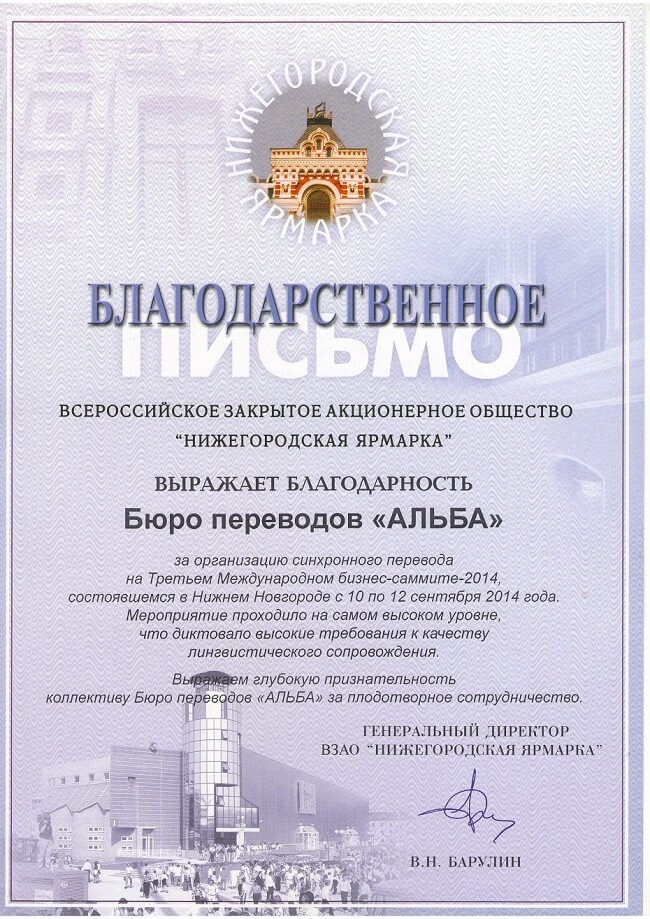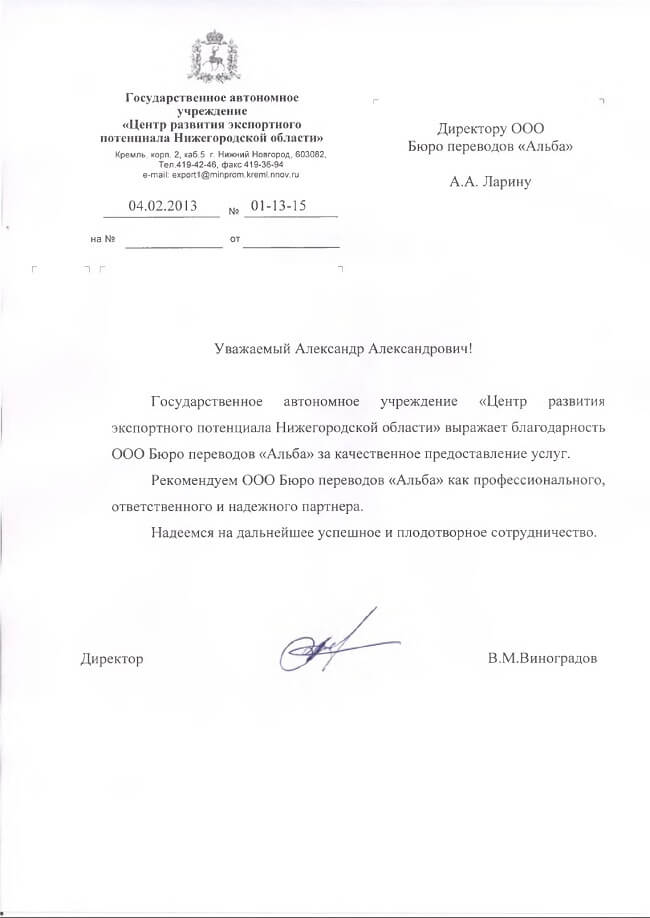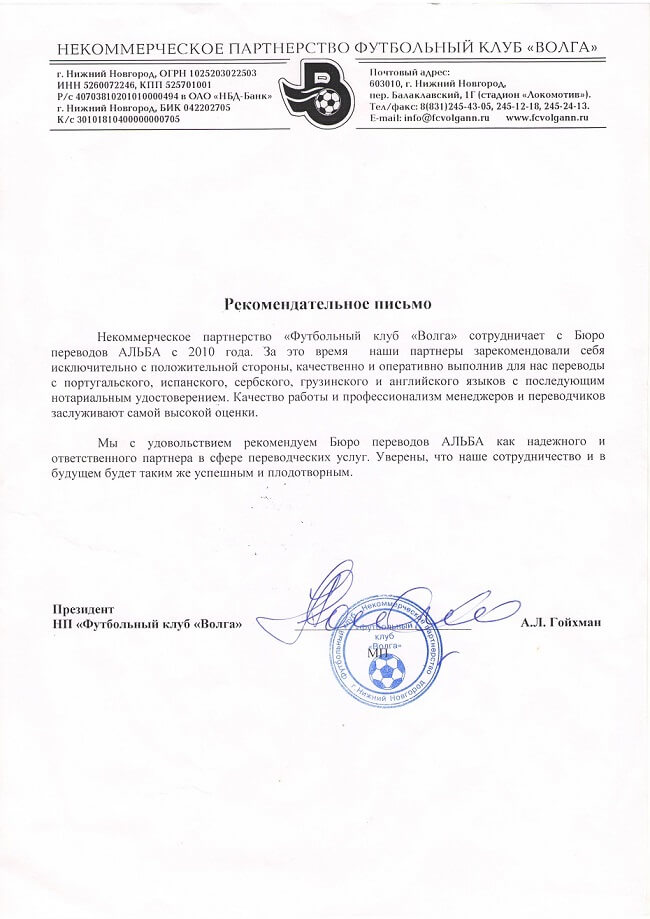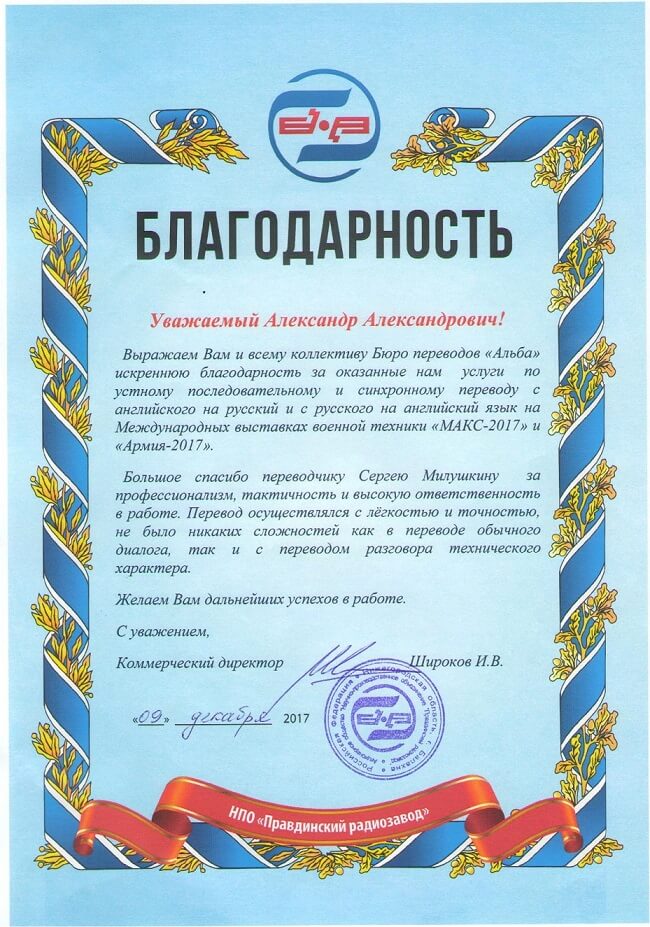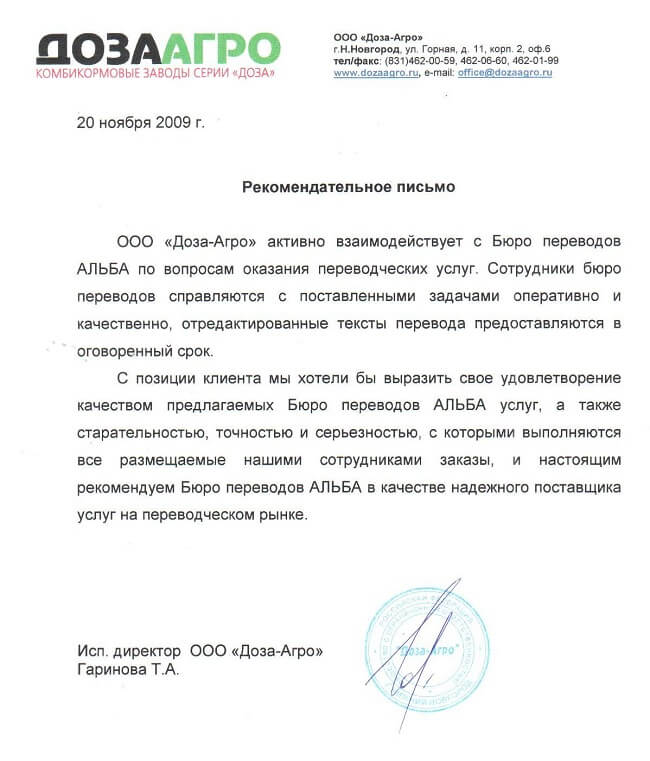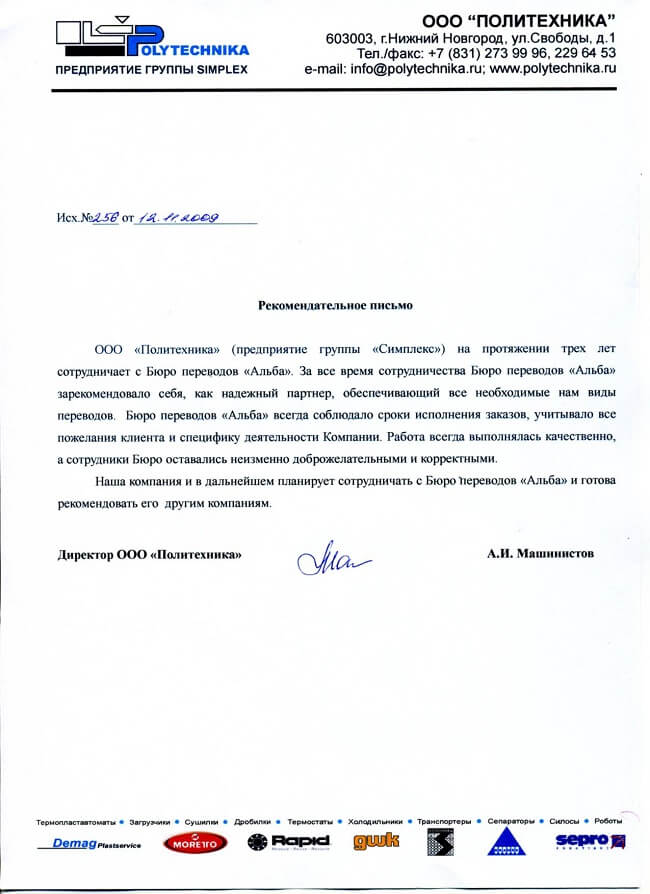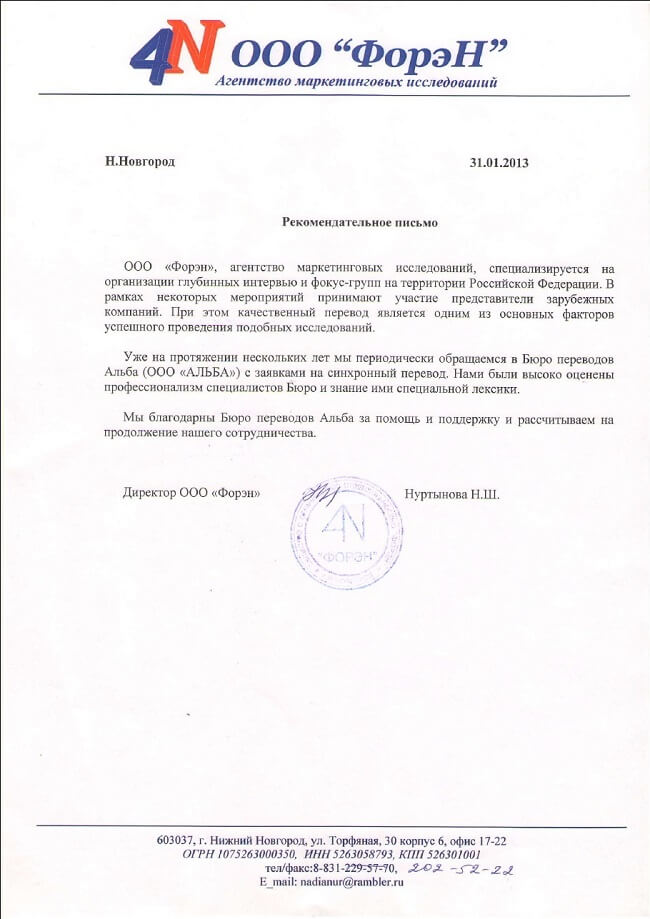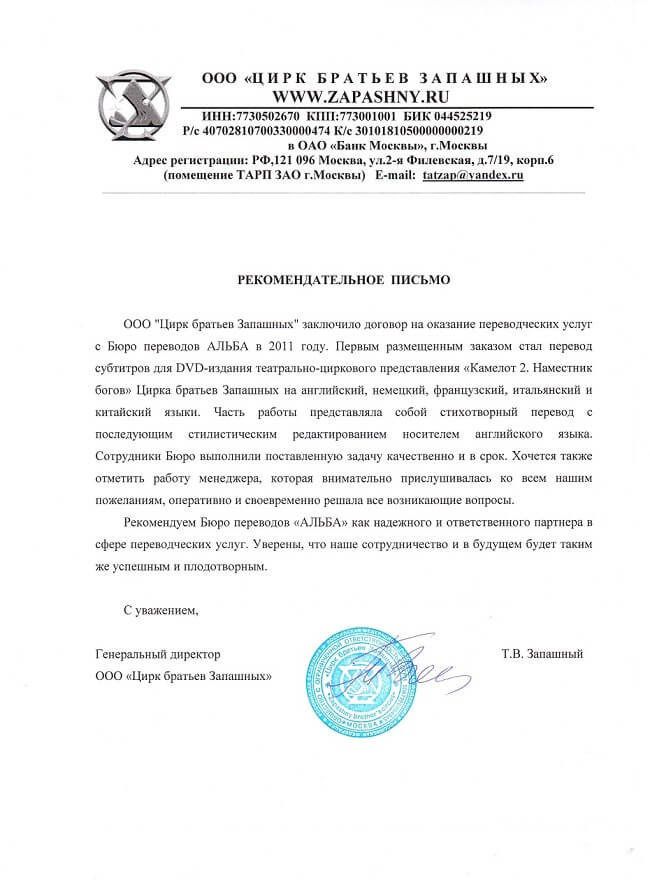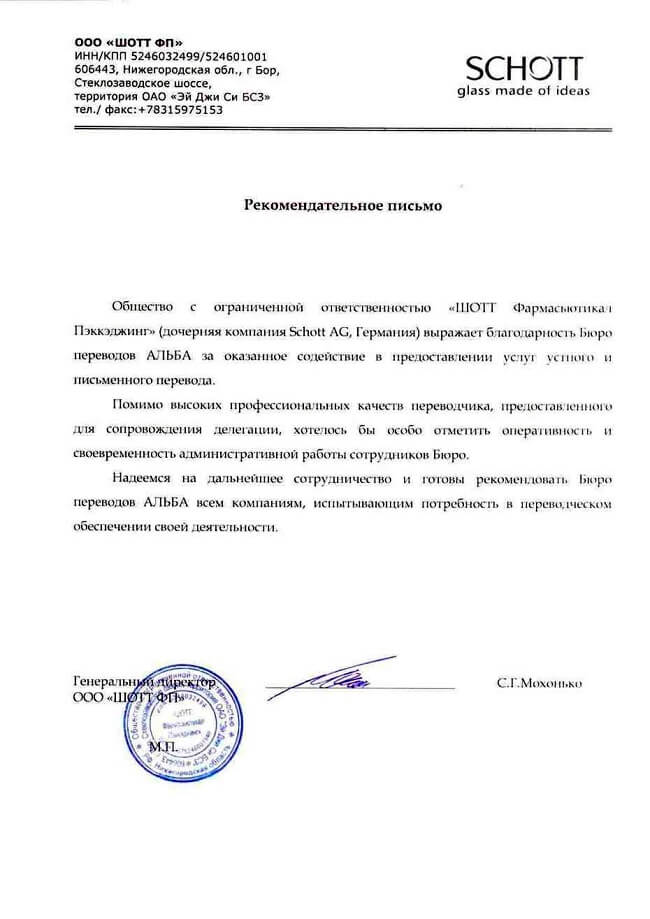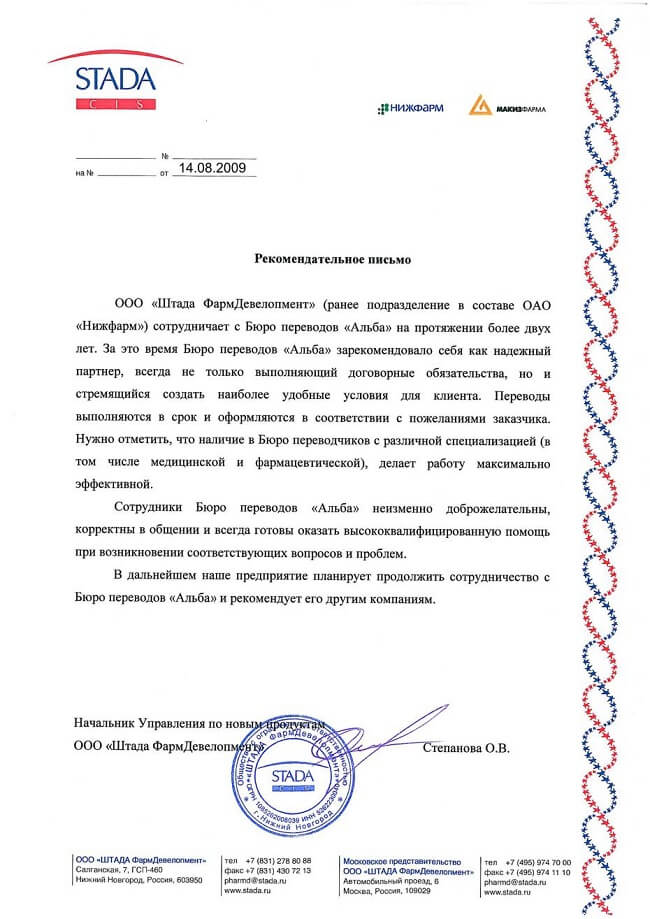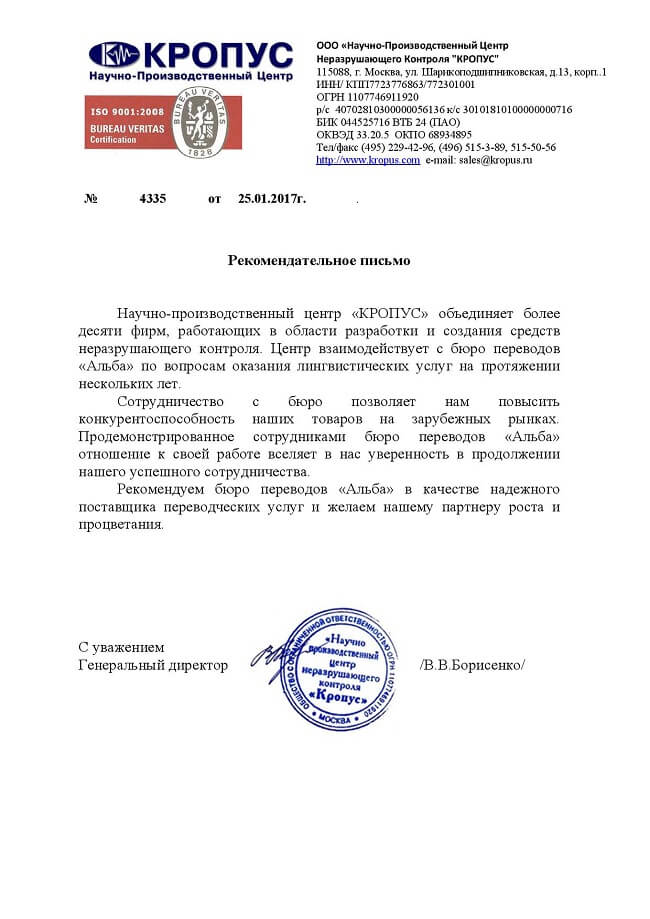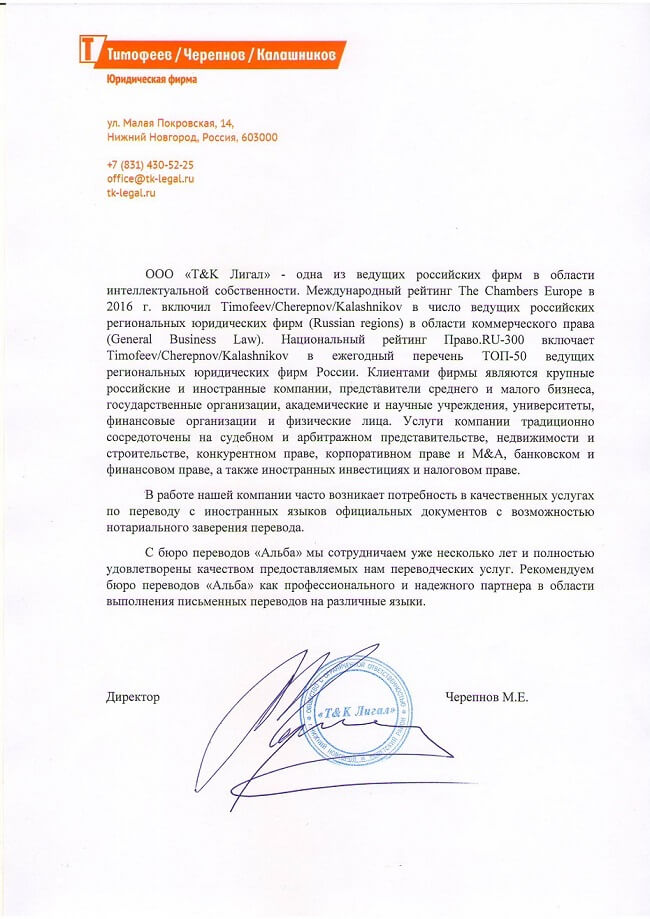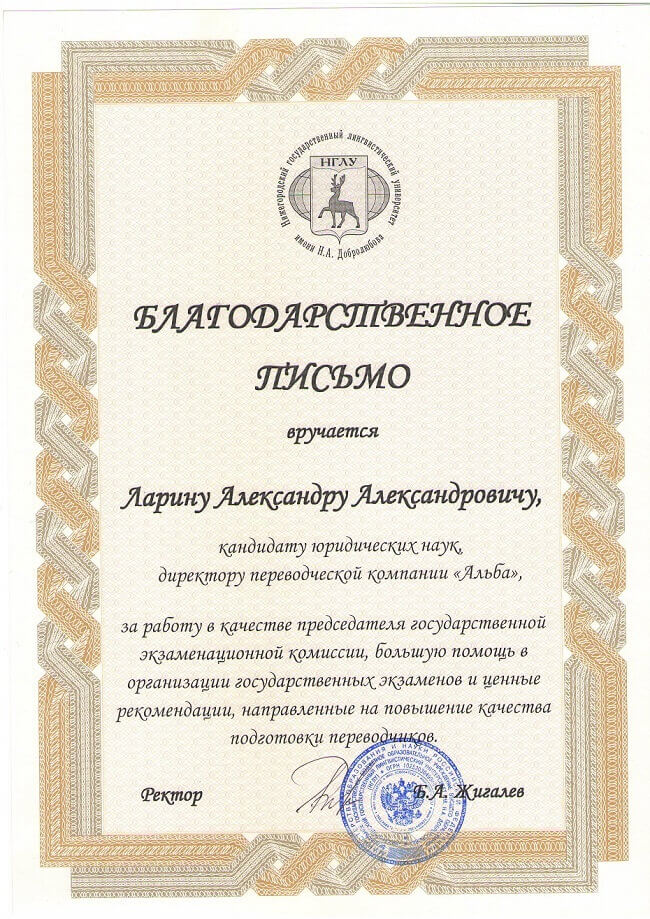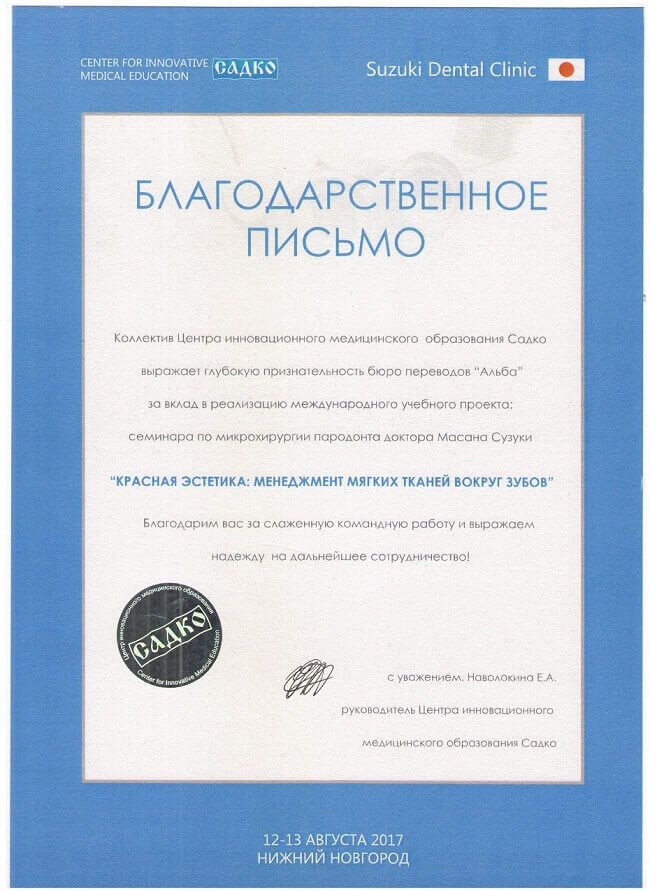Approaches to the Ways and Typical Problems of Literary Translation
Authors: Kyrychenko Elena Anatolyevna, assistant professor, Sumy State University, Sumy, Ukraine
Sklyanychenko Tetyana, student of group PR-21, Sumy State University, Sumy, Ukraine
Авторы: Кириченко Елена Анатольевна, старший преподаватель кафедры германской филологии факультета иностранной филологии и социальной коммуникации Сумского государственного университета, г. Сумы, Украина
Скляниченко Татьяна Викторовна, студентка 2 курса факультета иностранной филологии и социальной коммуникации Сумского государственного университета, г. Сумы, Украина
Статья подготовлена для публикации в сборнике «Актуальные вопросы переводоведения и практики перевода».
According to Roman Jakobson, Friedrich Schleiermacher, John Dryden literary translation is the translation of texts within the field of literature. Translation of literary works (novels, short stories, plays, poems, etc.) is considered a literary pursuit in its own right.
As literature is a culture-dependent subject field, the work of literary translation and its products are not necessarily linguistically transparent [1].
What does the term «literary translation» comprise?
Literary translation bridges the delicate emotional connections between cultures and languages and furthers the understanding of human beings across the national borders. In the act of literary translation the soul of another culture becomes transparent, and the translator reveals the specified aspects of ways of life characteristic for foreign countries and their people through the linguistic, musical, rhythmic, and visual possibilities of the new language [2].
The traditional approach to literature, which Lefevere (1988:173) calls “the corpus” approach is based on the Romantic notion of literature which sees the author as a quasi-divine “creator” possessing “genius”. He is believed to be the source of the Creation that is original, unique, organic, transcendental and, hence, sacred. Translation then is a mere copy of the unique entity, which by definition is uncopyable. As the translator is not the source of the work of art, he does not possess “genius”, and he is considered merely a drudge, a proletariat, and a shudra. This traditional approach mirrors the Platonic-Christian metaphysical underpinning of the Western culture. The “original” versus “copy” dichotomy is deeply rooted in the Western thought. This is the cause why the West has been traditionally hostile and allergic to the notion of “translation” [3].
The traditional discussion of the problems of literary translation considers finding equivalents not just for lexis, syntax or concepts, but also for features like style, genre, figurative language, historical stylistic dimensions, polyvalence, connotations as well as denotations, cultural items and culture-specific concepts and values. The choices made by the translators like the issues whether to retain stylistic features of the source language text or whether to retain the historical stylistic dimension of the original become all the more important in the field of literary translation. For instance, whether to translate Chaucer into old Marathi or contemporary one is essential to recognize. In the case of translating poetry, it is vital for a translator to decide whether the verse should be rendered either into verse form, or into free verse or into prose. Most of the scholars and translators like Jakobson (1991:151) believe that in the case of poetry though it is ‘by definition impossible ... only creative transposition is possible ...’. It is the creative aspect of translation that comes to the fore in the translation of poetry though nobody seems to be aware of what is meant by creativity firstly. The word is charged with theological-Romantic connotations typical of the ‘corpus’ approach to literature.
The questions around which the deliberations about translation within such a conceptual framework are made are rather stereotyped and limited: should translation be “literal” or “free”? Should it emphasize the content or the form? Can a faithful translation be beautiful? The answers to the question range from one extremity to the other and usually end up in some sort of a compromise. The great writers and translators gave their well-known dictums about translations, which reflected these traditional beliefs about it. For Dante (1265-1321) all poetry is untranslatable (cited by Brower 1966: 271) and for Frost (1874-1963) poetry is “that which is lost out of both prose and verse in translation” (cited by Webb 203) while Yves Bonnefoy says “You can translate by simply declaring one poem being translation of another” (1991:186-192). On the other hand theorists like Pound (1929, 1950), Fitzgerald (1878) say “ ... the live Dog is better than the dead Lion”, believing in freedom in translation. The others like Nabokov (1955) believe that “The clumsiest of literal translation is a thousand times more useful than the prettiest of paraphrase”. Walter Benjamin, Longfellow (1807-81), Schleriermacher, Martindale (1984), seem to favour much more faithful translation or believe in foreignizing the native language. While most of the translators like Dryden are on the side of some sort of compromise between the two extremities [4].
Lefevere has pointed out that most of the writings done on the basis of the concept of literature as a corpus attempt to provide translators with certain guidelines, dos and don’ts and that these writings are essentially normative even if they don’t state their norms explicitly. These norms, according to Lefevere, are not far removed from the poetics of a specific literary period or even run behind the poetics of the period (1988:173). Even the approaches based on the “objective” and “scientific” foundations of linguistics are not entirely neutral in their preferences and implicit value judgements. Some writings on translation based on this approach are connected with the translation process and coming up with some model for description of the process. As Theo Hermans (1985:9-10) correctly observes that in spite of some impressive semiotic terminology, complex schemes and diagrams illustrating the mental process of decoding messages in one medium and encoding them in another, they could hardly describe the actual conversion that takes place within the human mind, “that blackest of black boxes”. Lefevere notes, the descriptive approach was not very useful when it came to decide on the categories of good and bad translation [5].
Most of recent developments in translation theory look for alternatives to these essentializing approaches. Instead of considering literature as an autonomous and independent domain, it sees it in much broader social and cultural framework. It sees literature as a social institution related to other social institutions. It examines the complex interconnections between poetics, politics, metaphysics, and history. It borrows its analytical tools from various social sciences like linguistics, semiotics, anthropology, history, economics, and psychoanalysis. It is closely allied to the discipline of cultural studies, as discussed by Jenks (1993:187) in using culture as a descriptive rather than normative category as well as working within an expanded concept of culture, which rejects the “high” versus “low” stratification. It is keenly interested in the historical and political dimensions of literature.
“Paradigm shift” according to Theo Hermans “term or the “Cultural turn” in the discipline of translation theory has made a significant impact on the way we look at translation. As Talgeri and Verma (1988:3) rightly points out, a word is, “essentially a cultural memory in which the historical experience of the society is embedded”. H.C.Trivedi (1971: 3) observes that while translating from some Indian language into English you are faced with two main problems: first one has to deal with concepts which require an understanding of multifaceted Indian culture and secondly, one has to arrive at TL meaning equivalents of references to certain objects in SL, which includes features absent from TL culture. The awareness that one does not look for merely verbal equivalents but also for cultural equivalents, if there are any, goes a long way in helping the translator to decide the strategies he or she has to use. Translation then is no longer a problem of merely finding verbal equivalents but also of interpreting a text encoded in one semiotic system with the help of another. The notion of “intertextuality” as formulated by the semiotician Julia Kristeva is extremely significant in this regard. She points out that any signifying system or practice already consists of other modes of cultural signification (1988:59-60). A literary text would implicate not only other verbal texts but also other modes of signification like food, fashion, local medical systems, metaphysical systems, traditional and conventional narratives like myths, literary texts, legends as well as literary conventions like genres, literary devices, and other symbolic structures. It would be almost tautological to state that the elements of the text, which are specific to the culture and the language, would be untranslatable. The whole issue of search for cultural equivalents raises awareness of the difference and similarities between the cultures. It also brings into focus the important problem of cultural identity. Ribeiro Pires Vieira (1999:42) remarks that it is ultimately impossible to translate one cultural identity into another. So the act of translation is intimately related to the problem of cultural identity, difference and similarity [6-8].
A rather interesting approach to literary translation comes from Michel Riffaterre (1992: 204-217). He separates literary and non-literary use of language admitting that literature is different because
i) it semioticicizes the discursive features (e.g. lexical selection is made morphophonemically as well as semantically),
ii) it substitutes semiosis for mimesis which gives literary language its indirection, and
iii) it features “the “textuality” that integrates semantic components of the verbal sequence (the ones open to linear decoding) – a theoretically open-ended sequence – into one closed, finite, semiotic system” that is, the parts of a literary text are vitally comprised into the whole body of the text and the text is more or less self-contained.
Hence the literary translation should “reflect or imitate these differences”. He considers a literary text as an artefact and it contains the signals, which mark it as an artifact. Translation should also imitate or reflect these markers. He goes on to say that as we perceive a certain text as literary based on certain presuppositions we should render these literariness inducing presuppositions. Though this seems rather to be a traditional and formalist approach, what should be noted here is that Riffaterre is perceiving literariness in a rather different way while considering the problems of literary translation: “literariness” is in no way the “essence” of a text and a literary text is, for Riffatere, one that contains the signs making it obvious that it is a cultural artefact. Although he conceives a literary text as a self-contained system, Riffatere as well as many other contemporary researchers sees it as a sub-system of cultural semiotic system. However, if one is to consider Riffatere’s notion of “text” in contrast to Kristeva’s notion of intertextuality he feels that Riffaterre is probably simplifying the problem of cultural barriers to translatability [9].
The assumption that literary text is a cultural artefact and is related to the other social systems is widespread these days. Some of the most important theorizations based on this assumption have come from provocative and insightful perspectives of theorists like Andre Lefevere, Gideon Toury, Itamar Evan-Zohar, and Theo Hermans. These theorists are indebted to the concept of “literature as a system” as it is propounded by Russian Formalists like Tynianov, Jakobson, and Czech Structuralists like Mukarovsky and Vodicka, the French Structuralist thinkers, and the Marxist thinkers who considered literature as a section of the “superstructure”. The central idea of this conception is that the study of literary translation should begin with a study of the translated text rather than with the process of translation, its role, function and reception in the culture into which it is being translated as well as the role of culture in influencing the “process of decision- making that is translation.” It is fundamentally descriptive in its orientation [10].

The diagram is in state of Y=X, where X stands for the translation, Y for the quality of the translation. The line a stands for the translation process which shares the right angle into two equal parts (45°) denoting that during his translation process the translator pays equal attention to the quality of his work and the idea of the original, trying not to go beyond the author’s words. The point 0 depicts the original work and the best and most successful translation. The two points coinside, because they are one and the same work in different languages. If the translation is far from 0 for unit 1, then the quality of the translation reduces to unit 1. Correspondingly if the translation goes far for 2 units, the quality reduces to 2, etc. To put poetry translation and its quality in a rough way, we use this vivid way to depict it. But this does not give the idea what a translator should do. In reality, what should be preserved when translating poetry are the emotions, is the invisible message of the poet. When we talk about the translation of poetry we could not but mention some of the numerous problems encountered during this process [11].
Firstly, we would like to draw the attention to the form of a poem. This is probably the first thing that the reader notices before reading. The translator should try to be as close to the original as he/she can. For example, if haiku has to be translated, the short meaningful and condensed form should be preserved, because an author chooses deliberately the form and the structure of the poem as an inseparable part of the overall message that should be transferred to the readers. Thus for instance sonnet (fourteen lines) cannot turn into a villanelle (five three-line tercets and a final four-line quatrain), or an elegy (a lament for the dead) into an ode (devoted to the praise or celebration). Types of poetry are also important. It is necessary for the translator to understand whether he/she deals with a narrative or a lyric poetry because of the difference between them. Narrative poems stress story and action, and lyric poems stress emotion and song.
The second thing to discuss is the shape of a poem. A pictogram is visually concrete and has special shape. For example Lewis Carrol’s “The mouse’s tale” taken from “Alice’s Adventures in Wonderland” is transformed into Armenian with a shape of a mouse’s tale. And here the choice of the translator is reasonable. The shape of poetry is also in its stanzas. The translator can invert the stanzaic form of a poem in the process of translation if it is impossible to save the first form. But it is better to translate from the couplet (a pair of linked verses) into a couplet, from a tercet (three successive lines bound by rhyme) into a tercet, from quatrain (a stanza of four lines) into a quatrain, from a quintain (a five line stanza) into a quintain, and from sestets (a six-line stanza) into a sestets, etc. (septet, octet, Spenserian, seven-, eight- and nine-line stanzas respectively) [12-13].
The third range of problems that arise while translating poetry are the nuances of word’s meaning. The translator can be confused in two ways. On the one hand he/she can misunderstand the meaning of the word the author has used. On the other hand, he/she can fail the proper equivalent from the target language to use.
The words must be under close examination of a translator. It is important to find out whether the word is used in its denotative, dictionary meaning or its connotative meaning, “which is associated with the meanings that have built up around the word, or what the word connotes”. Through the effects of the words the authors use in their poems they make an imagery. Poems include such details which trigger our memories, stimulate our feelings, and command our response. The ideas in poetry are important, but the real value of a poem reveals in the words that imply their magic by allowing us to approach a poem that is similar to Francis’s “Catch” implies: expect to be surprised; stay on our toes; and concentrate on the delivery. This all is done by the words. Sometimes their meaning goes even further and reaches the creation of some stylistic effects. Among them the most typical for poetry is metaphor. “It is metaphor, saying one thing and meaning another, saying one thing in terms of another, the pleasure of ulteriority. Poetry is simply made of metaphors (Robert Frost, ‘The Constant Symbol’). Other stylistic figures include hyperbole or exaggeration, synecdoche or using part to signify the whole, metonomy or substituting an attribute of a thing for the thing itself, personification, endowing inanimate objects or abstract concepts with animate characteristics or qualities, etc.
The problems occuring in the process of translation may be concerned with the different elements of poetry. We can learn to interprete, appreciate and translate poems by understanding their basic elements. They contain a speaker whose voice we hear in it; his diction or selection of words, syntax or order of those words in the poem; its imagery or details of sight, sound, taste, smell, and touch; its figurative language or nonliteral ways of expressing one thing in terms of another, such as symbol and metaphor; its sound effects, especially rhyme, assonance, and alliteration; its rhythm and meter or the pattern of accents we hear in the poem’s words, phrases, lines, and sentences, and its structure or formal pattern of organization [14].
Poetry has always been closely related to music. It “is an art of rhythm but is not primarily an effective means of communication like music”. It, as well as being something that we see, is also something that we hear. “There remains even now a vibrant tradition of poetry being delivered orally or “recited”; and even the silent reading of poetry, if properly performed, should allow the lines to register on the mind’s ear”[15].
As for the sound structure of poem the first thing to mention is rhyme, which can be defined as the matching of final vowel or consonant sounds in two or more words. Robert Frost, who wrote in traditional rhymed styles, affirmed that writing without rhyme is like “playing tennis with the net down”. It is a little strict, because many rhymed lines look and sound better in an unrhymed shape. In fact, sound is connected with sound cultivation including rhyme, rhythm, which refers to the regular recurrence of the accent or stress in a poem, assonance or the repetition of vowel sounds, onomatopoeia, which implies that the word is made up to describe the sound, alliteration or the repetition of the same sounding letters, etc. As Newmark (1981: 67) states, “In a significant text, semantic truth is cardinal [meaning is not more or less, whilst of the three aesthetic factors, sound (e.g. alliteration or rhyme) is likely to recede in importance – rhyme is perhaps the most likely factor to “give” – rhyming is difficult and artificial enough in one language, reproducing line is sometimes doubly so.”
On the other hand, the translator should understand where the beauty of a poem really lies. If it lies more on the sounds rather than on the meaning (semantic), the translator cannot ignore the sound factor.
The cultural differences can also cause problems in translation. I would like again to refer to Osers’s article “Some Aspects of the Translation of Poetry”. Words or expressions that contain culturally-bound word(s) create certain problems. The socio-cultural problems exist in the phrases, clauses, or sentences containing word(s) related to the four major cultural categories, namely: ideas, behavior, product, and ecology (Said, 1994: 39). The “ideas” include belief, values, and institution; “behavior” includes customs or habits, “products” include art, music, and artifacts, and “ecology” includes flora, fauna, plains, winds, and weather [16].
So, literary translation is a difficult process. It is not only just duplicating of another text but it is hard work connected with transformation in structure of sentences, changes of some words by synonyms to improve sound of text in another language. There are many approaches to the ways and typical problems of literary translation and they are aimed at obtaining a valuable translation of high quality.
REFERENCES
1. “English Teaching FORUM”, volume 47, number 1, 2009.
2. John Dryden, 1680, Three Types of Translation, in Translation Studies Reader, ed. by S. Gabrielyan, Yerevan: Sahak Partev, 2007.
3. Roman Jakobson. “On linguistic aspect of translation” in R. Schulte and J. Biguenet (eds.) 1993.
4. The Princeton Handbook of Multicultural Poetries, ed. by T.V.F. Brogan, New Jersey, Princeton University Press, 1996.
5. Andre Lefevere. That Structure in the dialect of men interpreted (ed.), 1984
6. Gideon Toury. In Search of a Theory of Translation. Tel Aviv: Porter Institute for Semiotics and Poetics, 1980.
7. Eugene Nida, 1969, Principles of Correspondence, in Translation Studies Reader, ed. by S. Gabrielyan, Yerevan: Sahak Partev, 2007.
8. Ezra Pound. Guido’s Relations, 1969 in Translation Studies Reader, ed. by S. Gabrielyan, Yerevan: Sahak Partev, 2007.
9. Bene¢t’s Reader’s Encyclopedia, Harper Collins Publishers, Third edition.
10. Gideon Toury, Target-Oriented Approach to “Translation” Phenomena.
Ann Charters, Samuel Charters. Literature and Its Writers, An introduction to Fiction, Poetry, and Drama, University of Connecticut, Second edition.
11. Czeslaw Milosz. “The Witness of Poetry”, Harvard University Press, London, 1983.
12. John Strachan and Richard Terry. Poetry, An introduction, New York University Press, 2000.
13. Robert DiYanni. Literature: Reading Fiction, Poetry, and Drama, 2002.
14. Plato. “Poetry and inspiration” (translated by Benjamin Jowett), in Literature: Reading Fiction, Poetry, and Drama, ed. by Robert DiYanni, 2002.
15. Friedrich Shleiermacher, On the Different Methods of Translating, in Translation Studies Reader, 1813.
16. Oser. Some Aspects of the Translation of Poetry.














